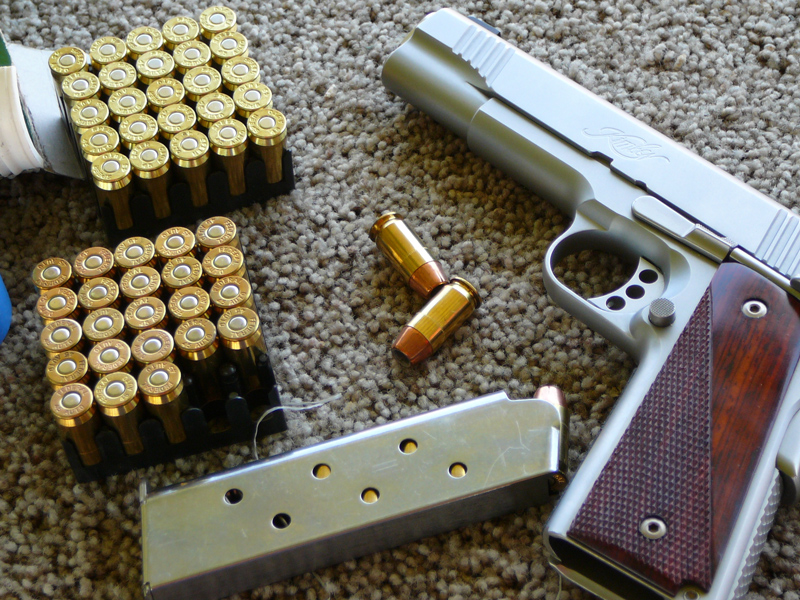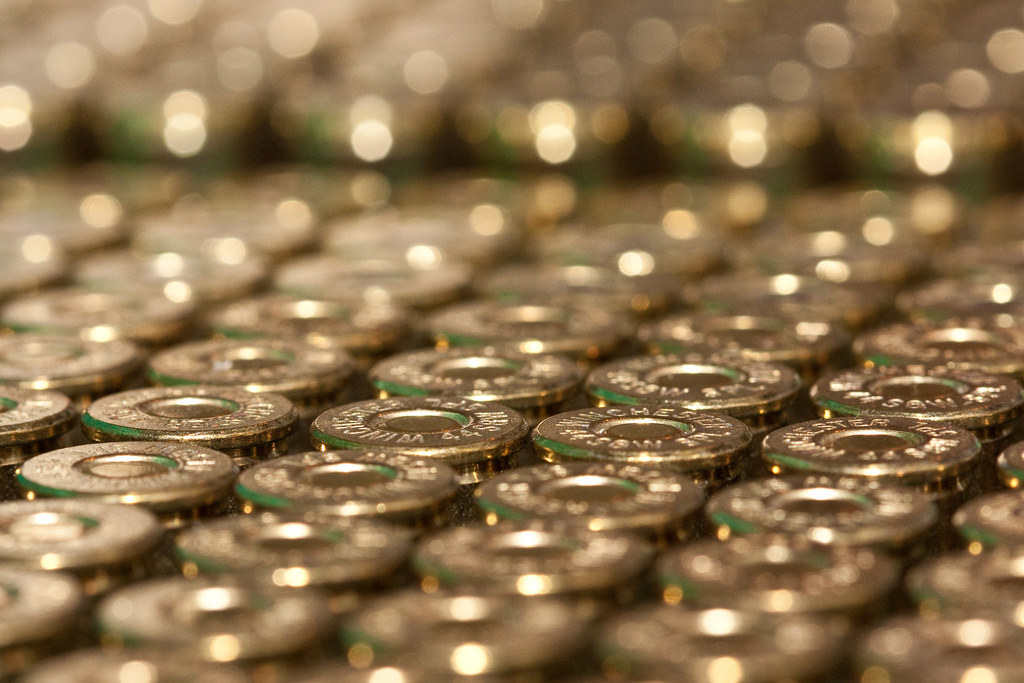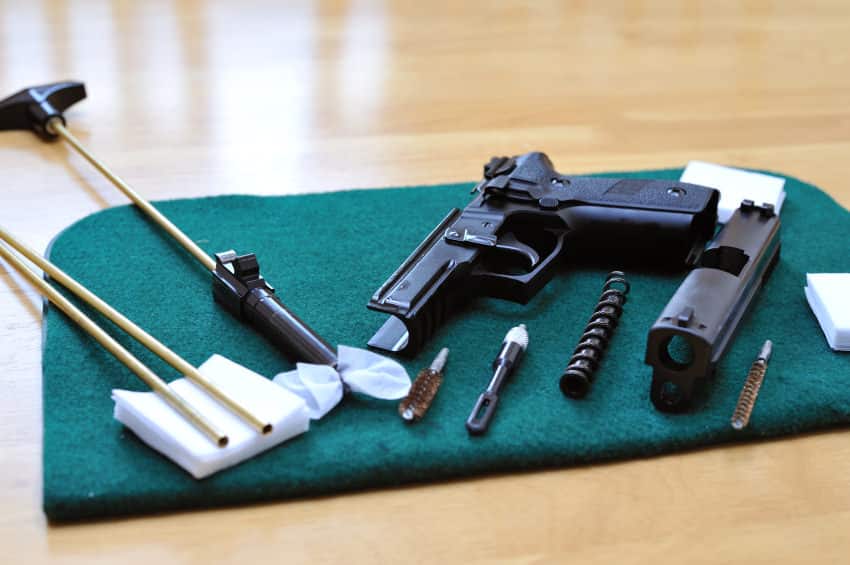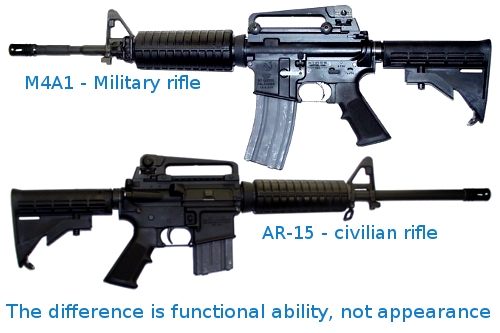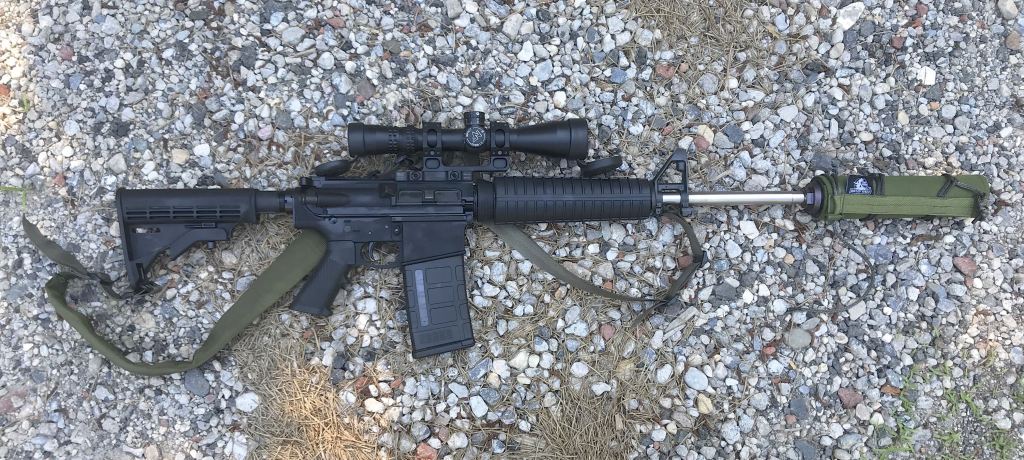There are literally hundreds of AR-15 lower manufacturers out there, and it can be a bit overwhelming when it comes time to choose one for your next build.
Unfortunately, not all lowers are created equally, and there are a number of fly-by-night operations out there that will give you less than stellar results, meaning you’ll get things like machining errors, a sub-par finish, or worst of all – a lower that isn’t to spec.
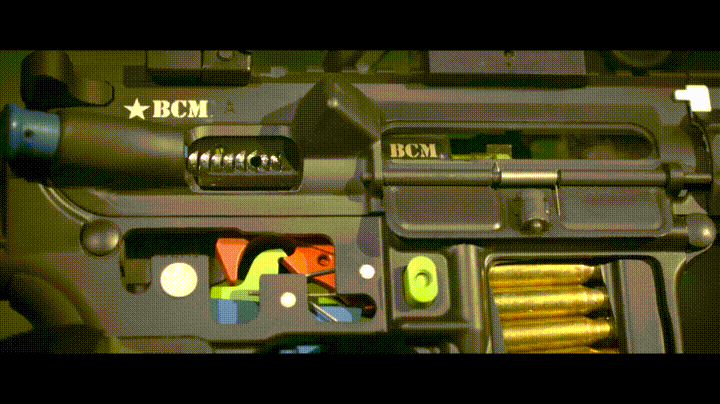
The lowers on this list are all excellent, and there should be something here for anyone looking to build a rifle, whether you need a high-end competition rifle, or are just building a budget beater rifle. These are the lowers that you can expect to come well-finished and well-machined, and are still affordable.
We’ll also go over some of the materials and manufacturing processes involved with AR-15 lowers so that you have a better idea of what you’re paying for (and what you might not want to pay for).
If you’re just looking for the best lower manufacturers, here are the ones we recommend:
Now, let’s go over exactly how lowers are made, and what makes these lowers, in particular, more desirable than others.
AR-15 Lower Materials
There are two primary materials that AR-15 lowers are made of. First, there’s aluminum which is commonly used in everything from baseball bats to military aircraft. Coming in a distant second, at least as far as production volume goes, is polymer.
Aluminum is the original Mil-Spec material for the M16/M4, and it is the most common material for AR lowers by far. That’s because aluminum is lighter and more corrosion resistant than say, stainless steel, but is still very strong.

Of course, pure aluminum is rarely used for anything, and AR lowers are no different. What you’ll actually find in your lower is an aluminum alloy, almost always either 6061-T6 or 7075-T6.
What’s the difference?
Strength and corrosion resistance.
7075-T6 is almost 200% stronger than 6061-T6, making it more expensive. However, 6061-T6 is more corrosion resistant, and cheaper. Granted, most all lowers are going to come to you finished in some form of corrosion-preventing material anyway, but it is something to be aware of.
6061-T6 is still very strong as well, so it really just comes down to the price, and what you have in your budget for your build. It is extremely unlikely that anything short of using your rifle as a club will damage the lower, so the extra strength may not be worth it, or you may want the extra peace of mind that comes from knowing you have the strongest, lightest material available.
Polymer is an even lighter option and is perfect for those looking for a lightweight, budget lower that will still stand up to the rigors of competition or hunting.
The polymer in these lowers is very similar (to the point of being virtually identical) to the polymers used in Glock handguns and other modern striker-fired guns. In other words, it is very much a field-tested and battle-proven material.
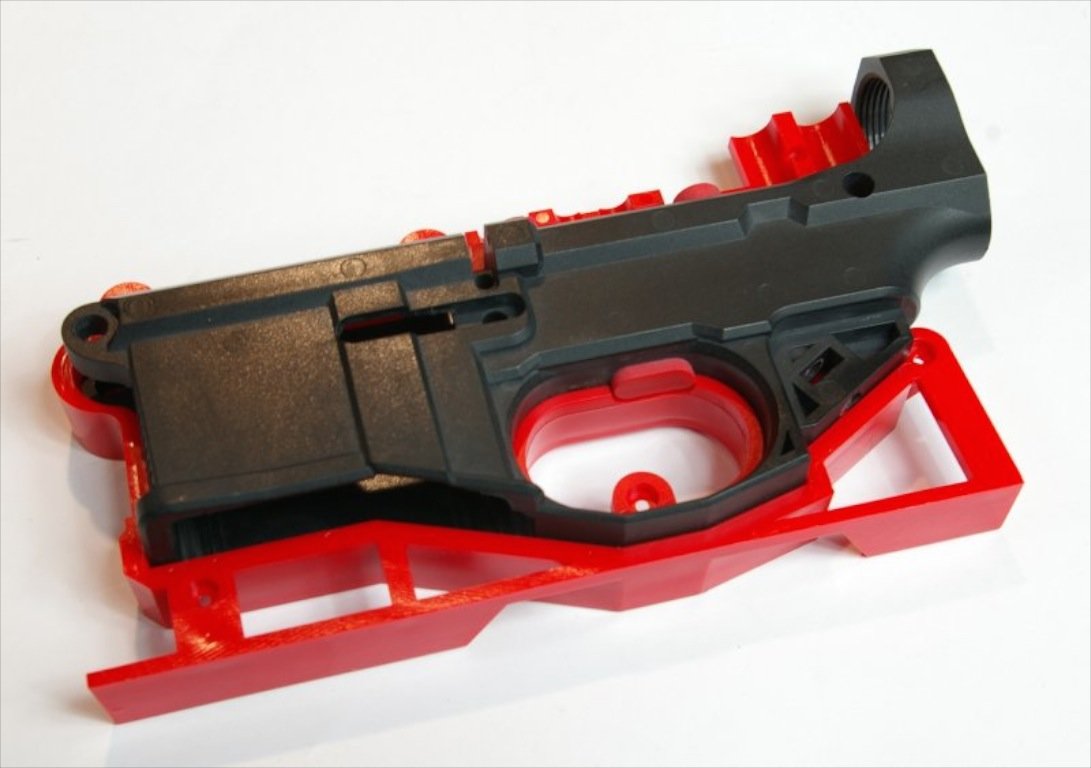
It does have some disadvantages, however, namely it isn’t as strong or scratch-resistant as either of the two aluminum options. That said, it is inherently corrosion-resistant (to the point of being corrosion-proof), extremely lightweight, and very cheap.
Finally, polymer lowers are much easier for the home builder to mill out themselves if you’re looking to use an 80% lower.
You can work with the material with everything from a Dremel tool to a soldering iron, and they’re cheap enough that you’re not going to go broke if you ruin it from either an aesthetic or practical perspective.
This ease of machining also makes polymer a top choice for 80% lowers, or unfinished lowers that are sold without needing an FFL, and finished by the end user.
Manufacturing Processes for AR-15 Lowers
Manufacturing has come a long way since the original AR-15’s rolled off the assembly line, and there are a wide variety of ways manufacturers will go about the business of making lowers.
It’s important to understand the differences because the manufacturing methods will have an impact on the end product, particularly the strength of the finished lower. This of course only really applies to aluminum receivers as a polymer receiver isn’t going to see much of a difference no matter what.
Cast Aluminum Lowers
Aluminum is cast, much like other materials, by pouring the molten product into a mold. This is a basic and millennia-old method of manufacturing. Quick, easy to mass produce, and cheap.
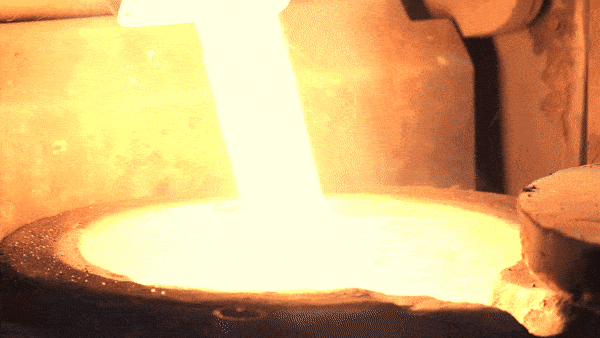
That said, cast lowers have a larger crystalline structure, meaning they are inherently weaker in every respect than a billet or forged lower. This also gives them a much larger grain structure that is, for almost everyone, a less attractive and aesthetically appealing option.
For this reason, we don’t recommend cast lowers as the cost savings aren’t really worth it.
Billet Aluminum Lowers
Billet lowers are machined via a reductive process where you start with a solid brick of aluminum, called a billet. That billet is then machined to the specifications of the lower in question. This is also a fairly basic machining process but is also the most flexible, meaning the manufacturer has a very fine level of control over the end product.
This leads to things like custom designs, engravings, and other aesthetic details that can really separate a lesser lower from some of the best around.
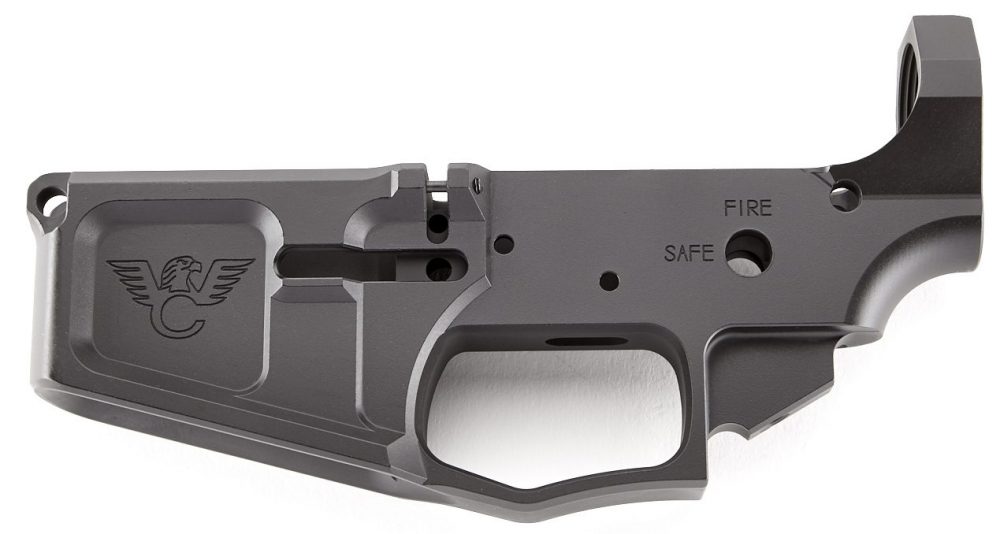
A billet lower is also stronger than a cast lower, and in general will look nicer and more well-made. Billet lowers are some of the most common lowers out there, and are typically the option for more precision machining and for those who want a custom engraving from the factory.
Forged Aluminum Lowers
Forged aluminum lowers are made by pressing aluminum roughly into shape and then machining the fine details from there. This is arguably the most common method of making lowers, and it is also the strongest.
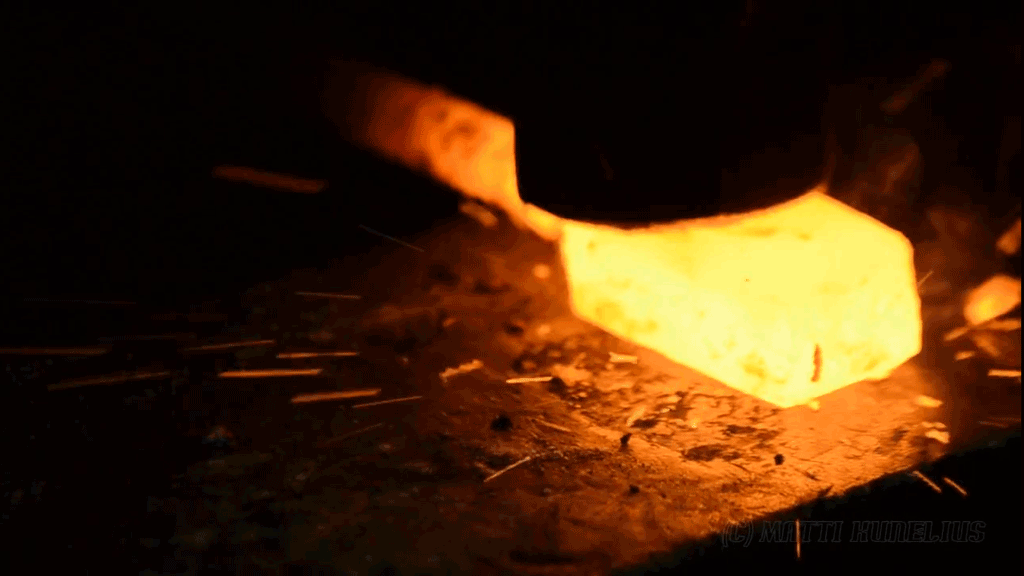
Because of the way the aluminum is pressed into shape with hydraulic hammers capable of applying literal tons of force, the aluminum is compressed, creating a very fine grain structure and thus making the material that much stronger.
However, this process also requires a significant amount of cleanup, making a truly precise end product typically more expensive, especially if you’re looking for something with the strength of forging, but the precision finish of a billet lower.
Best Lower Criteria
For identifying the best AR-15 Lowers, we had a few criteria.
First, the precision of the machining. One of the most desirable features of the AR-15 platform is the customization that is available to the end user.
This is only possible if the lower in question is machined well and is machined to a tight tolerance of the standard specifications that allow this mix and match capability.
Second, we want to look at value. There are a number of “precision” lowers out there that charge a premium for the name, rather than for any real benefits you’ll see in the finished product.
Next, we want to look at the strength of the lower. Some options are much weaker than others and provide no appreciable cost savings, and should be discounted.
Finally, we have aesthetic considerations. At the end of the day, an ugly gun or one that is, in general, less visually appealing is going to be more likely to stay in your safe and is, therefore, less of a sound investment.
Best AR-15 Lowers
Aero Precision
Aero Precision is one of the industry leaders in the AR-15 world and can generally be looked at as a good standard for comparison.
The machining on their AR-15 and AR-10 lowers is truly excellent, and they offer a number of options, from stripped to fully-assembled complete lowers.
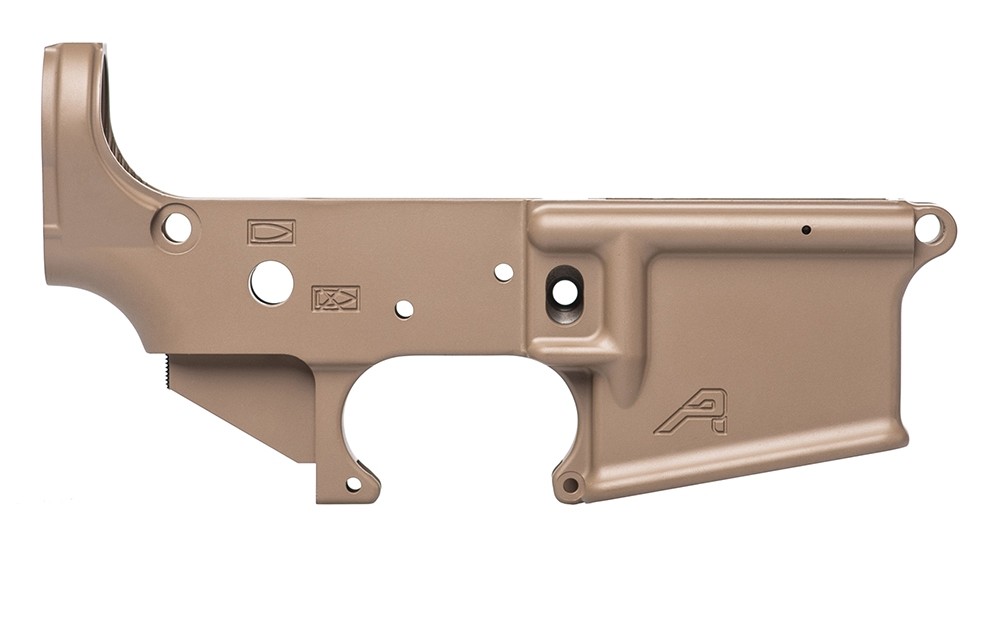
Aero Precision AR-15 Lower
Pros
- Industry leader in quality and reliability
- Blems are often much cheaper than standard
- Lots of options of color, style, and custom work
They also have a number of factory coating options, and they do some of the most interesting small-batch custom runs of lowers (and uppers) in various colors and with a wide variety of designs.
Aero Precision is without question one of the best manufacturers out there right now, and their lowers reflect their status as an industry leader. In fact, a number of other manufacturers and builders get their lowers from Aero.
Finally, Aero offers “blem” lowers at significant discounts, which are lowers with cosmetic imperfections that don’t meet Aero’s exacting standards. Most often these imperfections are simple scratches or machining errors like a slightly-off-kilter engraving. This is a great way to get a quality lower at a discount and is perfect if you know you’re going to be rough on the finished rifle.
Palmetto State Armory
PSA is one of the most prolific online firearms retailers, and they are well-known for producing quality, budget-minded products.
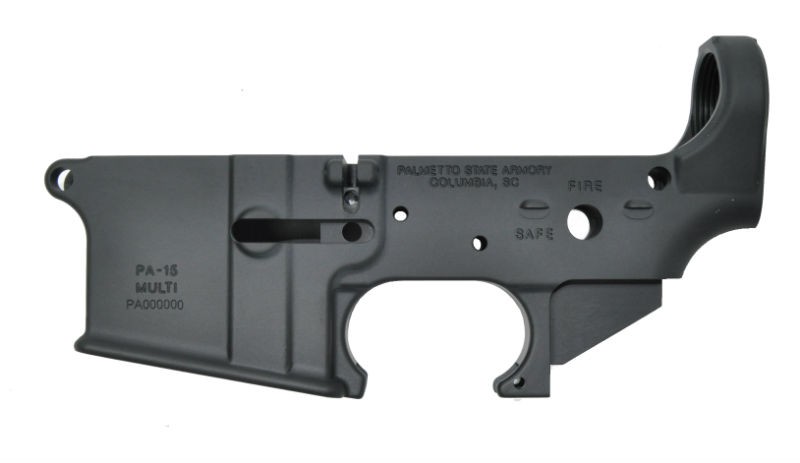
Palmetto State Armory Lower
Pros
- Very cheap, always in spec
- Simple robust design
Cons
- Cosmetic flaws aren't unheard of
If you are looking for an entry-level lower for a first built, or are just looking to save a little extra money, PSA is a great place to start your search. You can frequently find lowers for under $40, and sometimes even less, or bundled with an upper or other firearms accessories.
Battle Arms Development
Battle Arms Development is most widely known for their quality of manufacturing, amazing looking products, and attention to detail.
Their lowers, particularly their lightweight lowers, are some of the best around, and they are a top choice for those looking for a lighter rifle for stalking game over rough terrain, or for competition where lighter, more maneuverable rifles reign supreme.
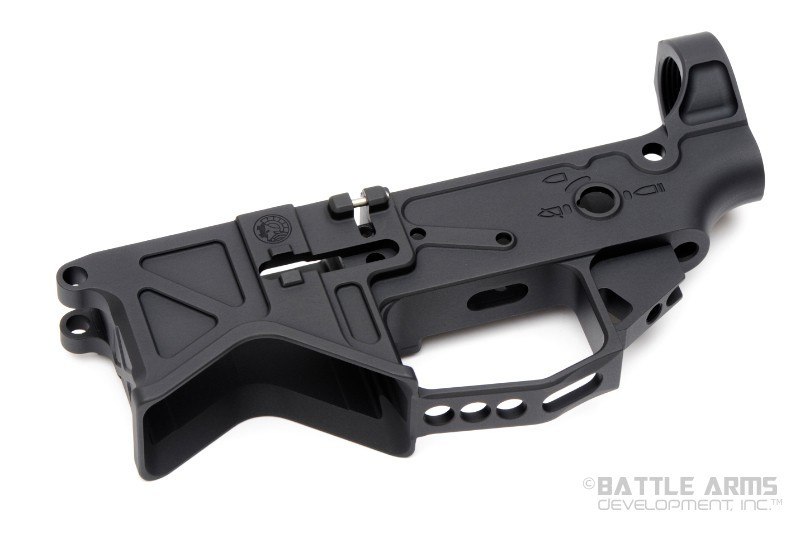
Battle Arms Development Billet Lower
Pros
- Amazing attention to aesthetic detail
- Precision machining and fine craftsmanship
Cons
- Five to seven times the price of lowers with the same durability
Battle Arms Development also offers a wide variety of custom options, particularly aesthetic-focused designs. Their lightened lowers are, in our opinion, some of the best looking lowers out there if you’re in the market for something different or something with a custom look that will stand out a bit from the competition.
Polymer80
These are the same people that produce the very popular Polymer80 Glock frames.
Polymer80 is a premier manufacturer of polymer 80% lowers that are sold without the need for an FFL. Since the 80% lower is legally just a block of plastic, there is no messy paperwork involved.
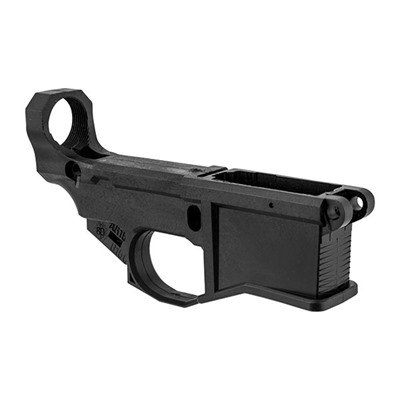
Polymer80 AR-15 Lower
Pros
- Easy to finish at home
- Shipped direct to you, no FFL fees
Cons
- Has to be hand finished
- Weaker than Aluminum lowers.
In reality, these products are easily finished into a lower with basic tools and a jig. If you’re looking for a project and want to have more control over the finished lower, this is the option for you. It is also one of the most budget-friendly options, and they are available in a variety of colors.
Conclusion
We’ve covered several awesome lowers, but there are literally hundreds of others on the market. In my experience, that are far more good lowers than there are bad. In the end – as long as it is in spec, it’ll work.
But it’s nice that there are some many options out there. That’s all we have for the best AR lowers on the market.
Please let us know what you think, and let us know what your favorite lowers are.


